Idaho State Emblems
On this page:
State Amphibian
Idaho Giant Salamander
The Idaho Giant Salamander (Dicamptodon aterrimus) is the largest salamander found in the state of Idaho, where it lives almost exclusively. Over their lifetime, these salamanders will metamorphose from a larva to a terrestrial adult, or will mature into an adult but retain the larval form, such as keeping their gills. They have robust bodies and heads and can grow to lengths of 33cm (~13 in). Terrestrial forms of the Idaho Giant Salamander have a marbled pattern of dark spots or blotches on a tan or copper ground color. Idaho Giant Salamanders are generally found in moist coniferous forests. The transformed adults are secretive and seldom found in the open, but can be found in moist areas such as under logs and bark.
Description courtesy of Dr. John Cossel and Ilah Hickman.
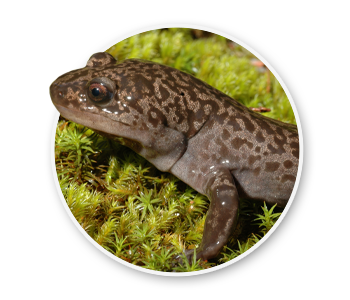
Photo courtesy of Dr. John Cossel.
State Bird
Mountain Bluebird
The Mountain Bluebird (Sialia arctcia) was adopted as the state bird for Idaho by the legislature in 1931. The Bluebird is 6 to 7 inches long and is a member of the Thrush family. Male Bluebirds are a pale sky blue over most of their body, darker on their back. Females are blue-grey with blue wings and tail, duller than the male. Juvenile birds have blue wings with the tail area duller than the adult male, a white eye ring and spotted underparts. Mountain Bluebirds live in open grasslands and nest in holes in trees, crevices and nesting boxes. They have a zig-zagging flight pattern that easily identifies them.
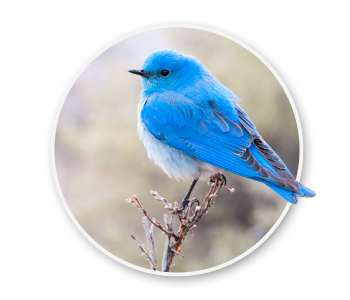
State Dance
Square Dance
The 1989 legislature designated the Square Dance as the American Folk Dance of Idaho. Two of the most commonly cited ancestors to modern square dance are the English Morris dance and the French Quadrille. It is the Quadrille that most point to as the grand-daddy of our modern square dance. One of the earliest records of this type of dance in America is contained in the works of John Playford, a musician and dancing master. His book, ‘The English Dancing Master – Plaine and Easy Rules for the Dancing of Country Dances, with Tunes to Each Dance’ was published in seventeen editions between 1650 and 1728 and contained 918 dances. As the pioneers moved westward, many of the dances were lost or forgotten, but many were preserved, particularly in the southern Appalachians where the running set established itself as one of the deep taproots of western square dance. The running set even had a caller — America’s only unique contribution to the square dance.

State Dinosaur
Oryctodromeus
Oryctodromeus cubicularis (affectionately known as Orycto) was designated in 2023 as the official state dinosaur of Idaho thanks to the efforts of Idaho students, educators, and paleontologists. Orycto is the most common dinosaur found in Idaho and is known from 98 million year old rocks in eastern Idaho known as the Wayan Formation. This animal lived in a seasonally dry highland environment west of a continental sea. Fossil discoveries have shown that this animal lived in social groups and raised its young in burrows underground. Measuring about 11 feet long and with an estimated weight of 70 pounds, this small plant-eating dinosaur was a unique member of Idaho ecosystems 98 million years ago.
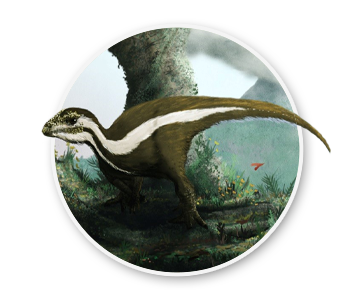
Photo courtesy of Dr. Mark Witton, United Kingdom.
State Fish
Cutthroat Trout
The Cutthroat Trout was designated the state fish by the 1990 legislature. The Cutthroat, along with the Rainbow and Bull Trout, is native to Idaho. The body color varies with the back ranging from steel gray to olive green. The sides may be yellow brown with red or pink along the belly. The Cutthroat name comes from the distinctive red to orange slash on the underside of its lower jaw. The scientific name for Cutthroat Trout, Oncorhynchus clarki, is in reference to William Clark who first described in detail the Cutthroats of the Columbia River. His partner Meriwether Lewis earlier encountered Cutthroats near the great falls of Montana’s Missouri River in July of 1805. Cutthroat species found in Idaho are the Westslope Cutthroat which is found in northern and central Idaho and the Yellowstone Cutthroat which is found in southeastern Idaho.
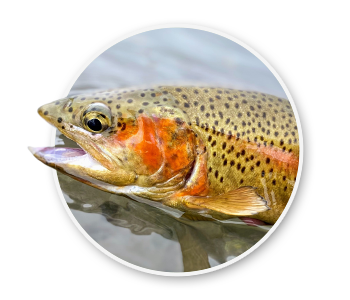
State Flag
Idaho State Flag
A silk flag, with a blue field, 5 feet 6 inches fly, 4 feet 4 inches on pike is bordered by gilt fringe 2 1/2 inches wide, with the Great Seal of Idaho in the center. The words ‘State of Idaho’ are embroidered in gold block letters two inches high on a red band below the Great Seal. Adopted by the 1907 legislature.

State Flower
Syringa
The Syringa (Philadelphus lewisii) was designated the state flower of Idaho by the legislature in 1931. The species name ‘lewisii’ honors Meriwether Lewis of the Lewis & Clark expedition. Lewis wrote of the plant in his journal. It is a branching shrub growing 3 to 10 feet tall, with clusters of white, fragrant flowers. The blossoms are similar to the mock orange. It grows in open coniferous forests, at forest edge and in moist draws in drier regions providing good coverage for wildlife. Native Americans used its branches for bows, arrows and cradles.
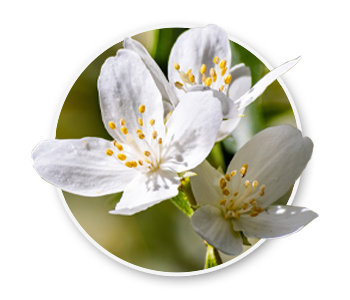
State Fossil
Hagerman Horse
The 1988 legislature designated the Hagerman Horse Fossil as the official state fossil. Discovered in 1928, it was originally described as Plesippus shoshonensis. Subsequent research found the Hagerman horse to be the same as a previously described species and it is now known as Equus simplicidens. The Hagerman horse is the oldest known representative of the modern horse genus Equus (includes horses, donkeys, and zebras) and is believed to be more closely related to the living Grevy’s zebra in Africa. The 3.5 million year old sediments at the Hagerman Fossil Beds National Monument contain the world’s richest known fossil deposits from the late Pliocene epoch. They have yielded about 200 horse skeletons, 20 of which are complete. The more than 200 vertebrate, invertebrate, and plant species preserved there represent the last vestiges of animals that existed prior to the Ice Age and the earliest appearances of modern flora and fauna.

State Fruit
Huckleberry
Several huckleberry species are native to Idaho, all belonging to genus Vaccinium section Myrtillus. The most common and popular is the Black or Thin-Leaved Huckleberry (Vaccinium membranaceum). Plants grow slowly, taking up to 15 years to reach full maturity. Black huckleberries produce single plump, dark purple berries in the axils of leaves on new shoots. They depend on an insulating cover of snow for survival during winter and have not been successfully grown commercially. Black huckleberries grow at elevations between 2,000 and 11,000 feet with many productive colonies between 4,000 and 6,000 feet. Black huckleberries usually grow from 1 to 6 feet tall and produce berries up to 1/2 inch in diameter. Huckleberries are a favorite food of bears.

State Gem
Star Garnet
Adopted by the 1967 legislature, the Idaho Star Garnet is known worldwide by collectors. Garnets are complex silicates, related to Quartz, and found almost exclusively in Idaho in Latah and Benewah counties. Star Garnets are a natural stone, not synthetically produced. Star Garnets are more rare than either Star Rubies or Star Sapphires. Normally the star in the Idaho Garnet has four rays, but occasionally one has six rays as in a Sapphire. The color is usually dark purple or plum and the star seems to glide or float across the dark surface. The star is caused by intrusions of the mineral rutile.
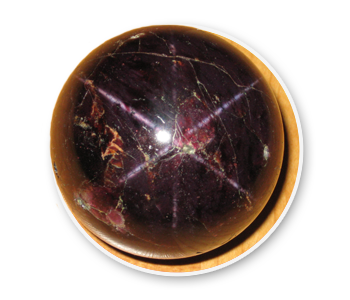
State Gem Cut
The Idaho Cut
The Idaho Cut, designated as a state symbol, became the official “Cut” of Idaho for faceted gemstones in Idaho by the 2022 Idaho Legislature. The cut’s inventor, Quincy Douglas Howell, was born into poverty in 1908 and served in the Army Air Corps during WWII. Howell went on to facet gems for over 30 years and had cut over 6,500 stones. Q. D. Howell won the National Championship in 1970 and was considered one of the top five faceting experts in the world. His creation, the Idaho Cut, was one of his highest achievements. Q. D. Howell felt the name “Idaho Cut” was fitting for this beautiful creation as a tribute to the Gem State he loved. This cut is a gift to Idaho and its people, it stands as a remarkable, brilliant, and excellent example of Idaho and its people achieving successes in every endeavor, something Q. D. Howell was known for and something he thought was uniquely Idahoan.
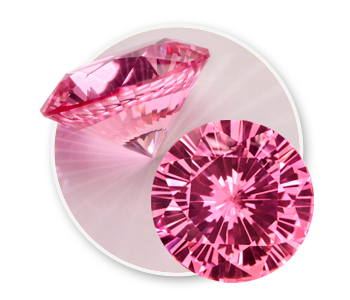
Photo courtesy of the Howell Family.
State Horse
Appaloosa
Historians believe the Nez Perce and Palouse tribes of Washington, Oregon and Idaho were the first tribes to breed horses for specific traits – intelligence, speed and endurance. White settlers call these horses ‘Palouse horses.’ Over time they came to be referred to as ‘a Palousey’ and the ‘Appalousey.’ During the Nez Perce War of 1877, Appaloosa horses helped the non-treaty Nez Perce, under the guidance of Chief Joseph, elude the U.S. Calvary for several months. The coloring of the Appaloosa coat is distinct in every individual horse and ranges from white blanketed hips to a full leopard. Adopted by the 1975 legislature.
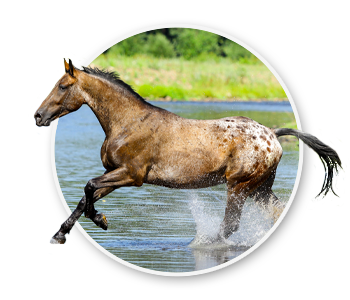
State Insect
Monarch Butterfly
The Monarch Butterfly (Danaus plexippus) was adopted as the state insect by the state legislature in 1992. Early settlers to North America from Europe, particularily those from Holland and England, named the butterfly ‘Monarch,’ after King William, Prince of Orange, stateholder of Holland and later named King of England. The monarchs’ color suggested the name. The Monarch Butterfly is a great migrator, traveling many miles during its lifetime, which can be from a few weeks up to a year. Monarchs range in mass from .25 to .75 grams (a dime has a mass of 2.3 grams). Males are usually larger than females. Female Monarchs lay eggs on the underside of milkweed plants. The larvae then feed on the plants. Monarchs go through a complete metamorphosis in 3 to 6 weeks.

State Raptor
Peregrine Falcon
The Peregrine Falcon (Falco peregrinus) was adopted as the state raptor for Idaho by the legislature in 2004. The scientific name comes from the Latin words falco, meaning hook-shaped (falcate) and may refer to the beak or claws, and peregrinus, meaning to wander. Peregrines have also been called Duck Hawk, Great-footed Hawk, and Wandering Falcon. The Peregrine Falcon has a body length of 15 – 20 inches, a 3 1/2 foot wingspan, and weighs 1 1/4 – 2 3/4 pounds. The Peregrine Falcon has one of the most global distributions of any bird of prey. This falcon is found on every continent except Antarctica, and lives in a wide variety of habitats from tropics, deserts, and maritime to the tundra, and from sea level to 12,000 feet. Peregrines are highly migratory in the northern part of their range.
Boise is home to the World Center for Birds of Prey, The Peregrine Fund’s world headquarters. Visit them on the web at peregrinefund.org or visit in person at the Velma Morrison Interpretive Center.
Peregrine description excerpted from The Peregrine Fund web site with permission.
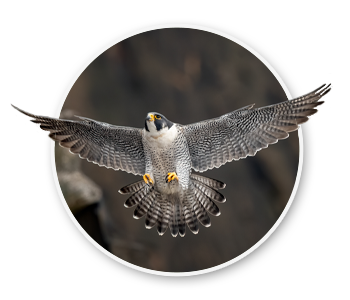
State Tree
Western White Pine
The Western White Pine (Pinus Monticola pinaceae), our state tree, is probably most notable since the largest remaining volume of this timber in the United States grows in the northern part of Idaho. White Pine has many fine qualities such as straight grain and soft even texture. Idaho’s state tree grows to 175 feet with a trunk diameter from 5 to 8 feet. The largest western white pine in the world stands 219 ft. high near Elk River, Idaho. Adopted by the 1935 legislature. According to the legislative bill, it was promoted by ‘members of Ellen Wright Camp, Franklin County Chapter, Daughters of Pioneers.’
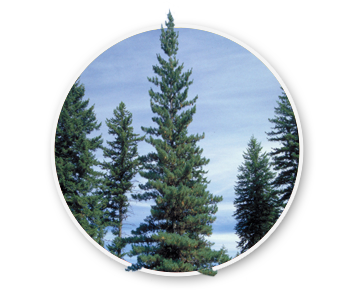
State Vegetable
Potato
Idaho’s unique environment provides nearly perfect growing conditions for the Potato. The soil, water, clean air and climate in Idaho contribute to those consistently high-quality potatoes that have made Idaho famous for so many years. Idaho’s rich volcanic soil is ideally suited for potatoes. Warm, sunny days, cool nights and water from melting snow in nearby mountains make the perfect combination for growing the world’s best potatoes.




